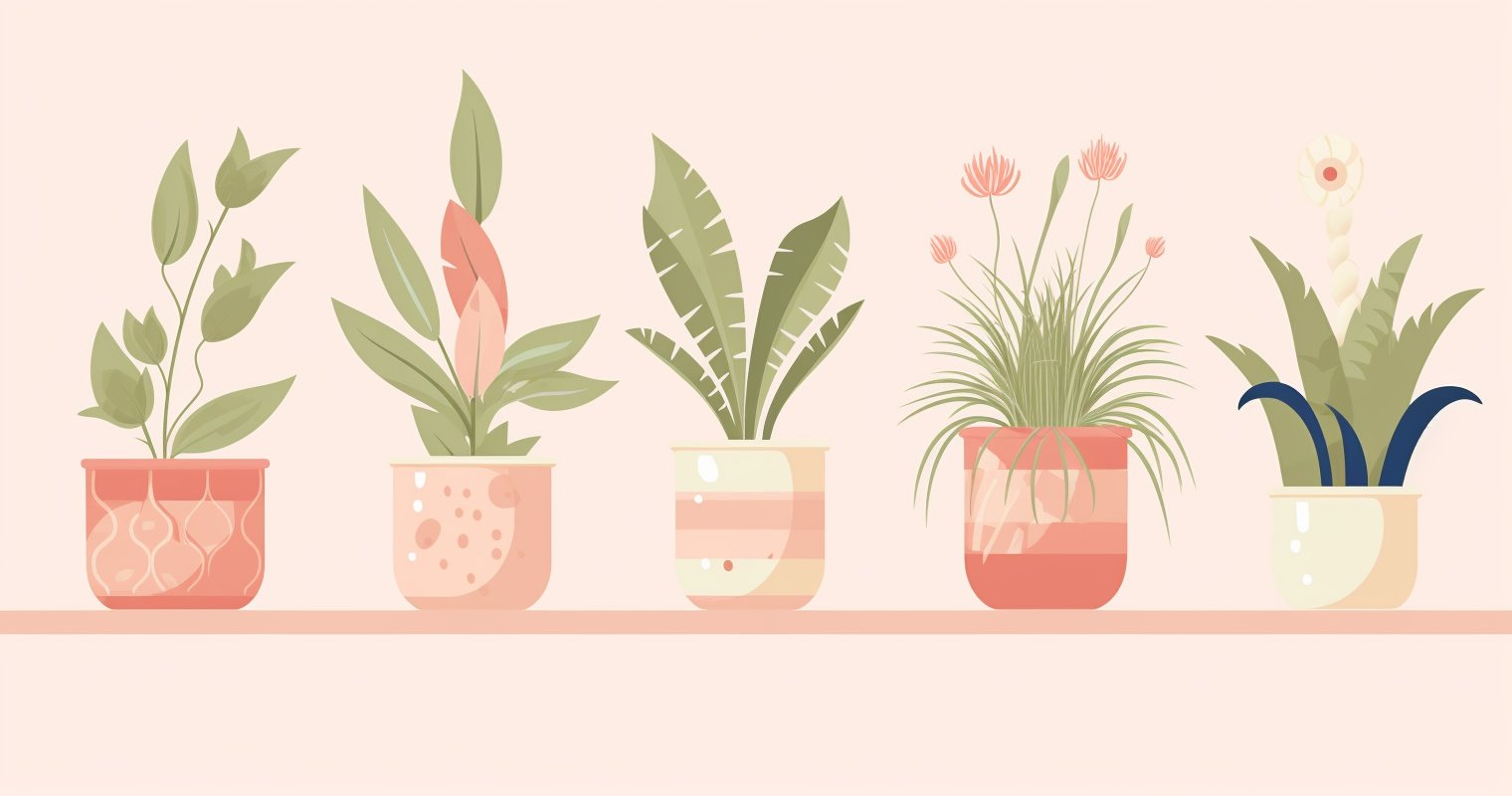Life • 12/06/2023
Say Goodbye to Houseplant Bugs: Learn How to Kill Them Overnight

Revivalist is a reader-supported endeavor and our posts may contain affiliate links. When you buy through links on our site, we may earn an affiliate commission.
You’ve spent countless hours and days making your indoor garden perfect. When bugs invade your beloved plants, you shouldn’t feel like they’re a lost cause. Use these tips to identify pests and learn how to kill houseplant bugs in the best way that aligns with your lifestyle. You’ll help your garden thrive no matter what your plants experience.
What Are Houseplant Bugs?
Houseplant bugs are any pests that live off indoor plants. They turn potted plants into homes and food sources. The bugs may not migrate far from your garden but can still cause concern. They might eat your plants to the point of destruction or become a nuisance by flying around your living space.
Most Common Indoor Plant Bugs
Identifying which houseplants live in your indoor garden is the first step in removing them. These are the most common species that people find in their homes.
Spider Mites
Check your plants’ leaves for tiny red, brown or white dots. If the bases of the leaves look even slightly covered in them, you have a spider mite invasion. They’re tiny arachnids that live at the base of leaves to feast on their internal fluids. Spider mites also create tiny webbing on plants and may leave yellow or dried-up leaves behind.
Aphids
Aphids are pear-shaped bugs less than 1/8th of an inch long. They also have cones extending from their rear ends, which makes them easier to identify. Green is their most common color, but they can be red, white, yellow or brown too. They hang out around stems, roots and leaves.
Mealybugs
Take a close look at your houseplant bugs. If they’re white, clustered together and have pointed extensions sticking outward around their bodies, they’re mealybugs. They love living where leaves meet their stems. They also appreciate plants that get excessive watering because they need large amounts of sap. It’s an easy mistake gardeners make if they don’t set reminders to stick with a watering schedule.
Scale Insects
Scale bugs are small, oval-shaped insects with brown outer shells. They attach anywhere on a plant and don’t brush off easily. If they are the kind of scale insect with a soft shell, their feeding routine can encourage mold growth around the stems and leaves.
Whitefly
You’ll know you have a whitefly infestation if it looks like miniature moths have begun living on the underside of your plant’s leaves. They have tiny white wings and lay eggs underneath leaves, so you may see tiny white dots among the bugs.
How Do Pests Find Indoor Plants?
There are many ways bugs find indoor plants. They can sneak into your home through open doors or windows. You might also accidentally start an infestation by buying new potting soil or fertilizer bags with eggs inside.
Even if you know how to identify and kill houseplant bugs, you likely won’t keep them away for the rest of your life. They’re small and sneaky. As long as you know how to remove them, you can keep your plants alive no matter which bugs find your garden.
How to Kill Houseplant Bugs
Good news for indoor gardeners — you can kill houseplant bugs in numerous ways. To determine which one you prefer, see if one of these options aligns with your lifestyle.
1. Use a Handheld Vacuum
Your houseplant bugs may seem like a permanent garden fixture, but they’re easy to remove when hanging out on your plants. Find a small handheld vacuum with gentle suction power. You can easily swipe it along your plant to remove the bugs without any squishing involved.
The handheld extension on a household vacuum may also work, but be careful. The standard vacuum suction power may pull leaves off your plants. It’s also wise to empty your vacuum and take the garbage out to prevent the pests from escaping your trash can. They’ll find your plants again and restart their infestation.
2. Set Out Sticky Traps
Sticky traps are available at most stores that sell pest control products. If you don’t want to kill or touch bugs, sticky traps will catch them in glue. You only need to replace the trap once a week or however often it fills with pests.
This option may take some time to remove your entire infestation. Any lingering eggs must hatch before the traps can work on them. Your plants may put up with pests for a few more lifecycles before the traps finish their work.
3. Drench the Soil With Organic Pesticides
It’s easy to find chemical-based pesticides and insecticides made for indoor plants. However, they may not align with your eco-friendly values. Organic alternatives could suit your lifestyle better.
Drenching the soil with an organic pesticide like all-natural insecticide soap could take care of any eggs in the dirt. Neem oil is another option. It’s biodegradable and kills bugs at any point in their lifecycle, so it’s useful long-term. You could spray it on the leaves, soil and stems without worrying about chemicals seeping into your plants.
4. Replace Some of the Soil
The top layer of your plant’s soil may have eggs. Some indoor pests lay eggs in nearby dirt instead of where they eat on the plant. Consider gently scooping the top layer of your soil away and replacing it with new dirt. You’ll remove any eggs that will further your pest problem. Whether you vacuum the remaining pests away or choose another houseplant removal option, they may not return because there aren’t eggs left behind.
5. Change Your Watering Routine
Many housepests love living on indoor plants because they get too much water. Moist soil and abundant internal sap make the perfect home for bugs. Research the specific plants you have to find their recommended watering schedule. If you set reminders or mark the watering days on your calendar, you may make your plants a less supportive environment for current and future bugs.
6. Find Sterile Potting Soil
If you compare potting soil options at your local garden center, you may notice some bags with sterile labels and others without those labels. Manufacturers sterilize potting soil by heating it to 180 degrees Fahrenheit and keeping it there for at least 30 minutes.
The process kills pests, eggs, pathogens and bacteria. You can invest in sterilized potting soil to ensure you don’t bring bugs home. You can also recreate the same process in your oven with your preferred soil. Use a meat thermometer to ensure the dirt reaches the correct temperature before covering it with aluminum foil for another 30 minutes.
Banish Pests From Your Indoor Garden
Now that you know how to kill houseplant bugs, infestations shouldn’t be a long-term issue. You can prevent them by sterilizing your soil, removing them with various tools and quickly identifying the pests you discover. You’ll improve your gardening skills overnight by putting these tips into motion.
Subscribe to Our Weekly Newsletter
We would love to connect deeper with you!


